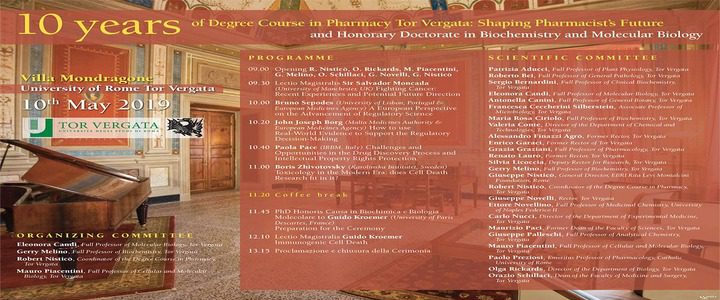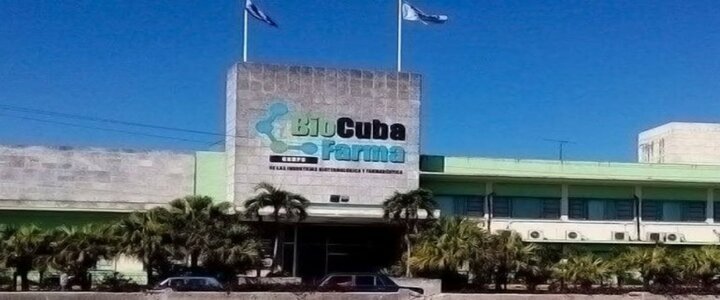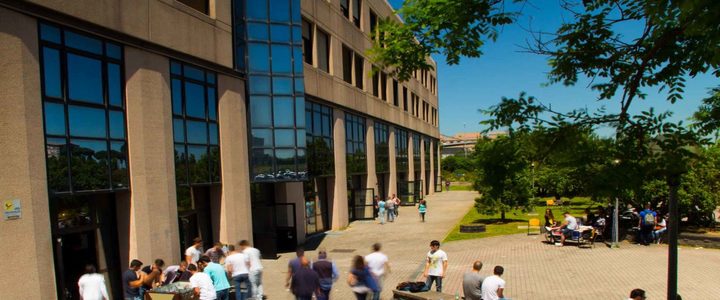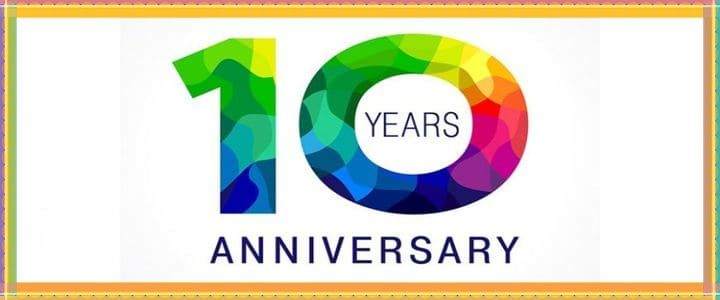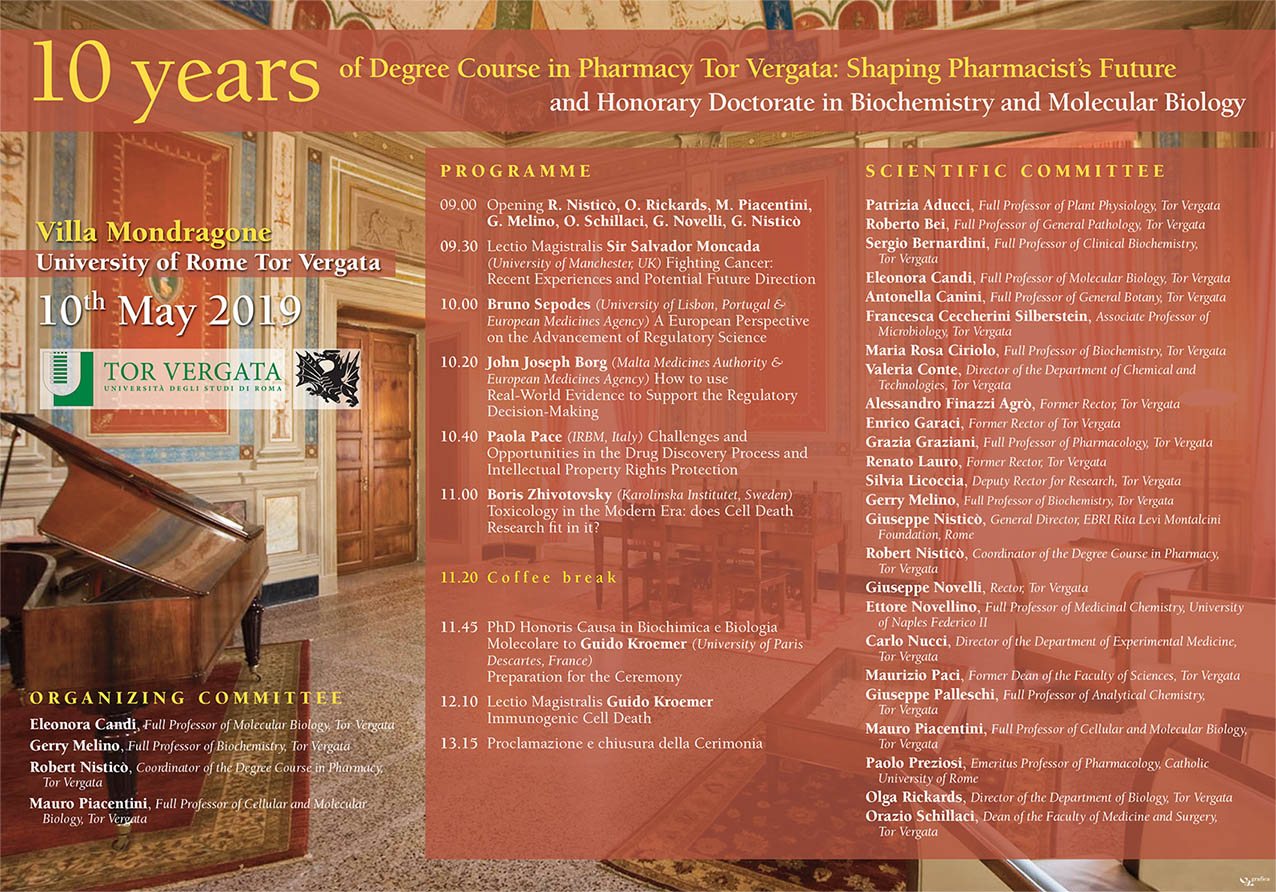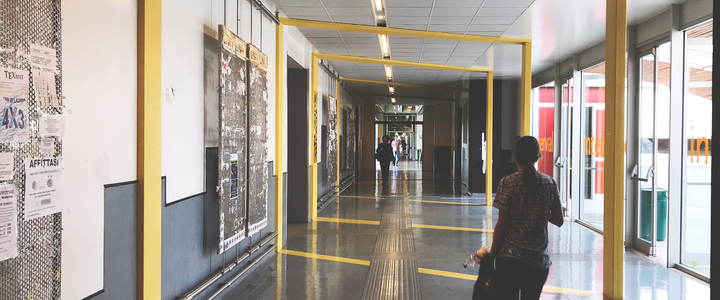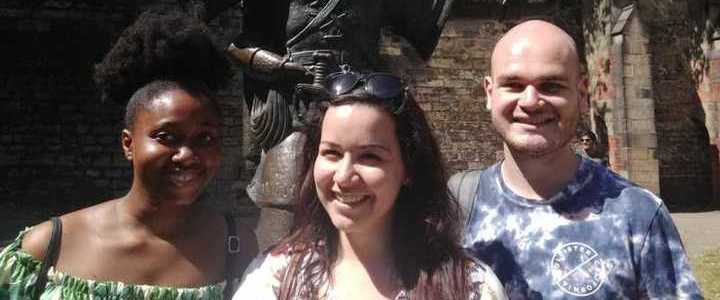Seminar 1: “Galenica and veterinary medicine”
Veterinary seminars will be organized at the Faculty of Pharmacy (Room 4, Building PP1) in the morning of April 4th, 2019 (start at 11:00).
Coordinator: Prof. Alessandro Ciorba
Dr. Umberto Pompili
Pharmacist, master in traditional galenic and clinical medicine at Camerino University.
Seminar 2: Fitotherapy and Omeopathy a challenge to antibiotics resistance. “Application of non conventional sanitary management in livestock farming”
Veterinary seminars will be organized at the Faculty of Pharmacy (Room 4, Building PP1) in the morning of April 11th, 2019 (11:00-13:00).
Coordinator: Prof. Alessandro Ciorba
Andrea Malgeri DVM
Expert Freelance in Integrative Veterinary Medicine
President of DIVERGENTVET Association
Professor under contract at Università degli studi di Napoli Federico
II for Master “Modelli Ecologici per l’integrazione tra medicina
convenzionale e non convenzionale “Fitoterapia e Agopuntura”.
Permanent Professor at AIMOVAccademia Italiana di Medicina Olistica Veterinaria
Fitotherapy degree of La Tuscia University
Classical Omeopathy degree of IACH International Academy of Classic
Homeopathy Greece
Veterinary Classical Omeopathy degree of AFOV and AIMOV
—> Students partecipating to all scheduled seminars will get 1 CFU






